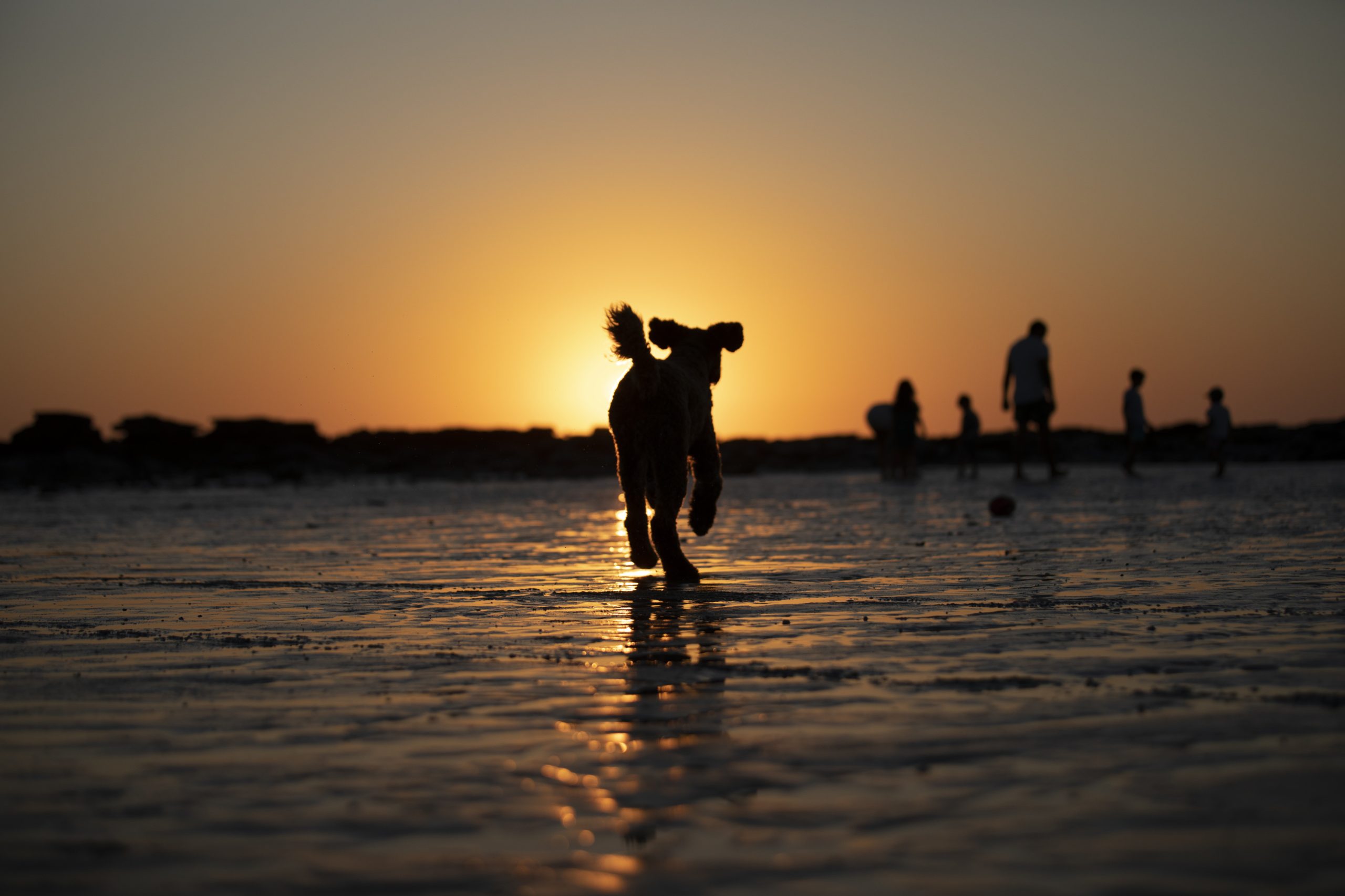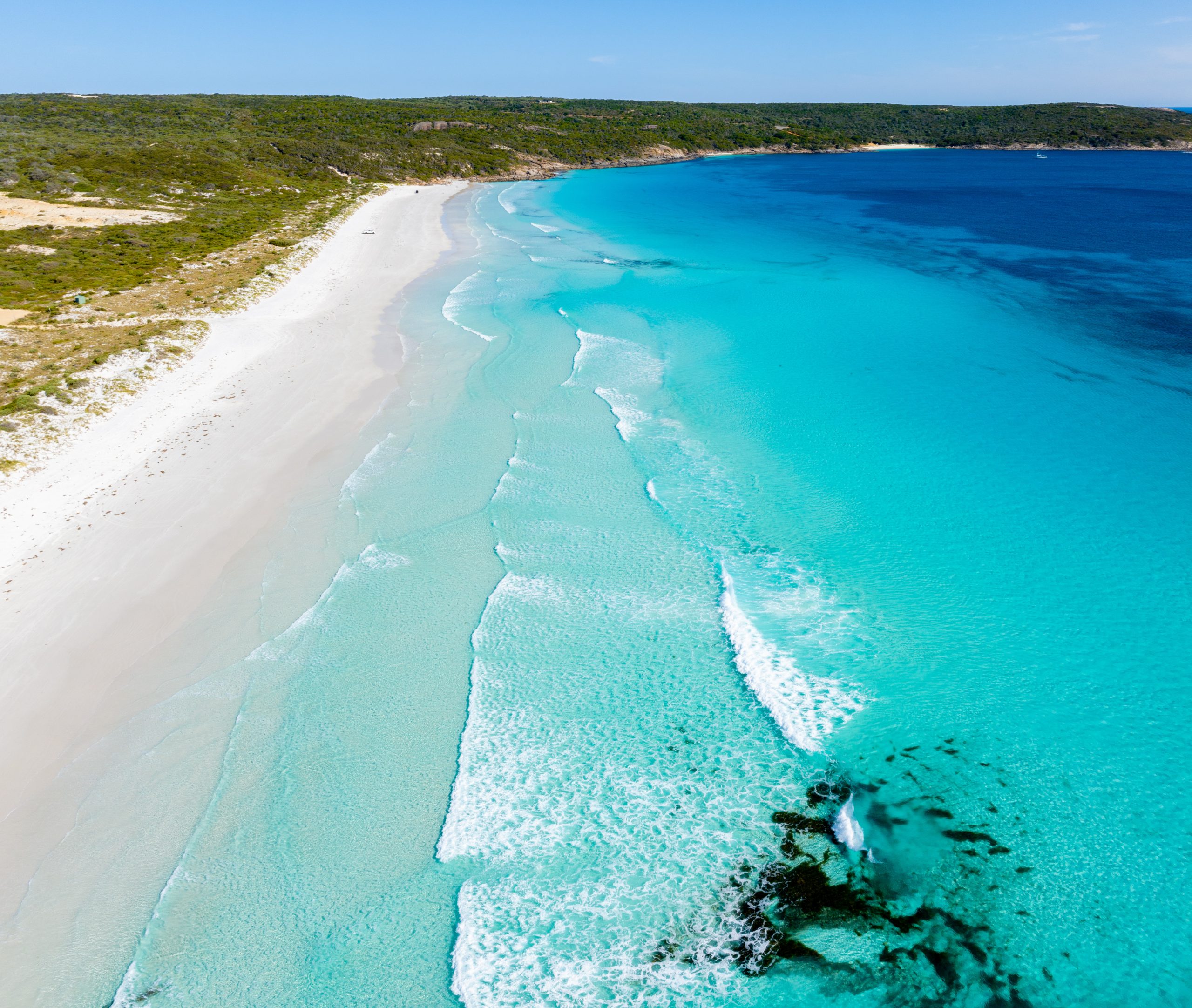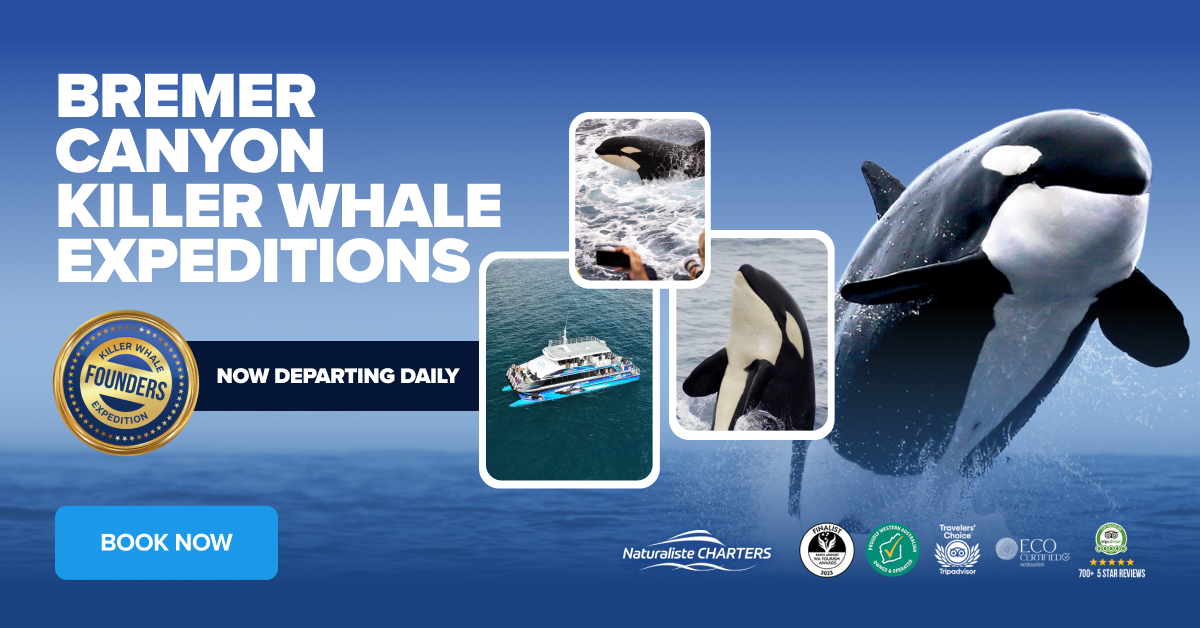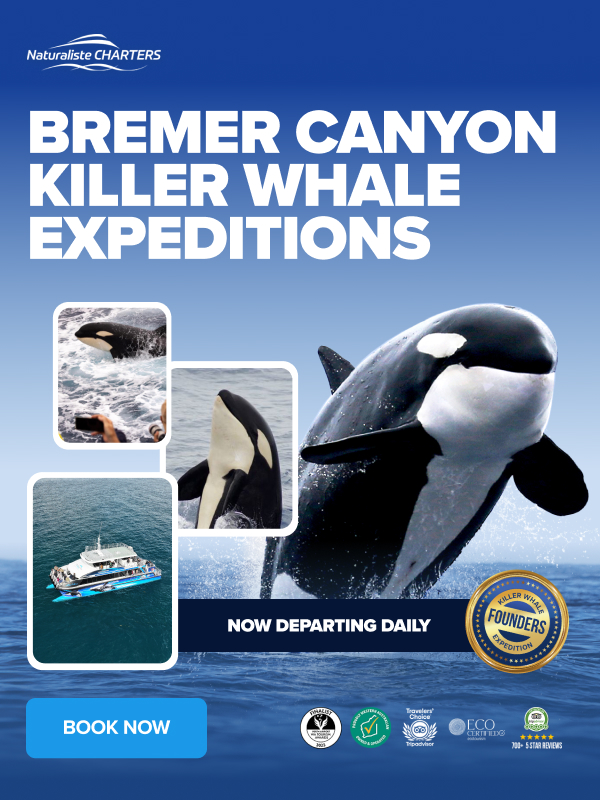Orca Killer Whale Facts and Fun Insights
Killer whales are the ocean’s top predator. In Western Australia, their power comes from a complex matriarchal and matrilineal social structure. Put simply, everyone listens to mum — and even more importantly, granny!
Naturaliste Charters pioneered killer whale expeditions in WA, launching tours in 2015. The deep Bremer Canyon sub-basin is home to the largest congregation of orcas in the Southern Ocean. Research on board, in collaboration with Project Orca, has identified over 150 individual killer whales, each now known by name.
In ancient times, orcas were called asesina ballenas, or ‘whale killer’. The phrase eventually flipped into the easier term ‘killer whale’. Their scientific name is Orcinus orca — where Orcinus translates to “kingdom of the dead” and orca is a type of whale.
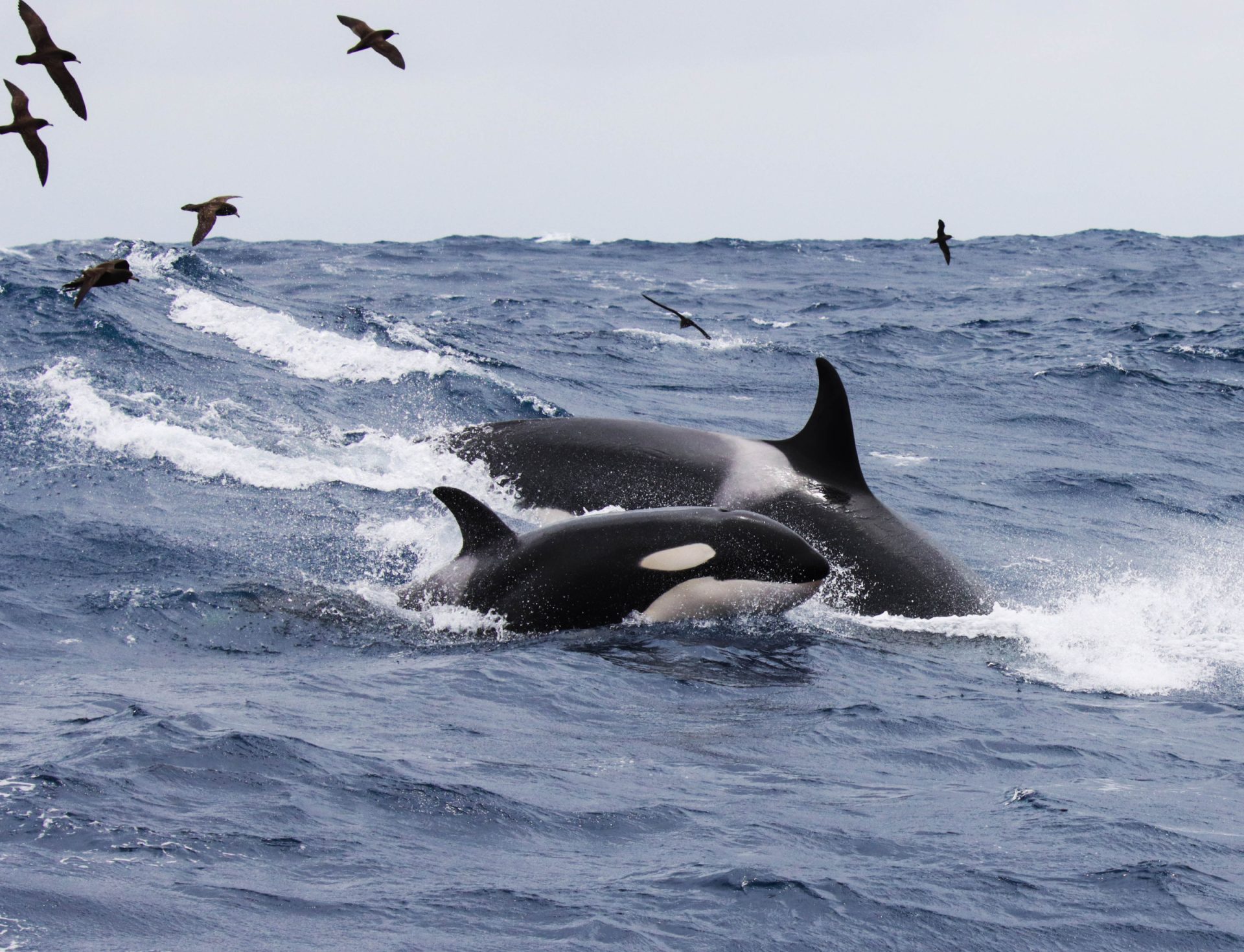
The Intelligence of Orcas
Orcas are intelligent, sentient beings with large brains and deep emotional awareness. They adapt their hunting styles to different prey types and conditions. Echolocation allows them to communicate and coordinate hunts within pods.
On tours, we often witness orca predation techniques as they unfold. Family groups call in others for assistance, and once the hunt is complete, the pods share the meal calmly before parting ways. Their cooperation is key to their success.
Adaptability Across the Oceans
Killer whales belong to the Delphinid, or toothed whale, family. They thrive in both tropical and temperate waters. Each ecotype has specialised hunting techniques, passed down through generations of matriarchs.
Some orcas specialise in fish, while others focus on squid, seals, or even moose. The Bremer orcas are generalists, adjusting their hunting based on tides, currents, and seasonal prey.
The Mystery of Bremer Bay Orcas
Even after seven years of research, much remains unknown. We still do not know where the pods gather before January or where they travel beyond April. This mystery adds to the fascination.
Every day on tour is unique, with different animals, behaviours, and adventures. For staff, volunteers, and guests, it is easy to see why this experience is addictive — or as we like to say, an orca-diction.
Here’s some fun facts and a few FAQ’s that’ll blow your mind!
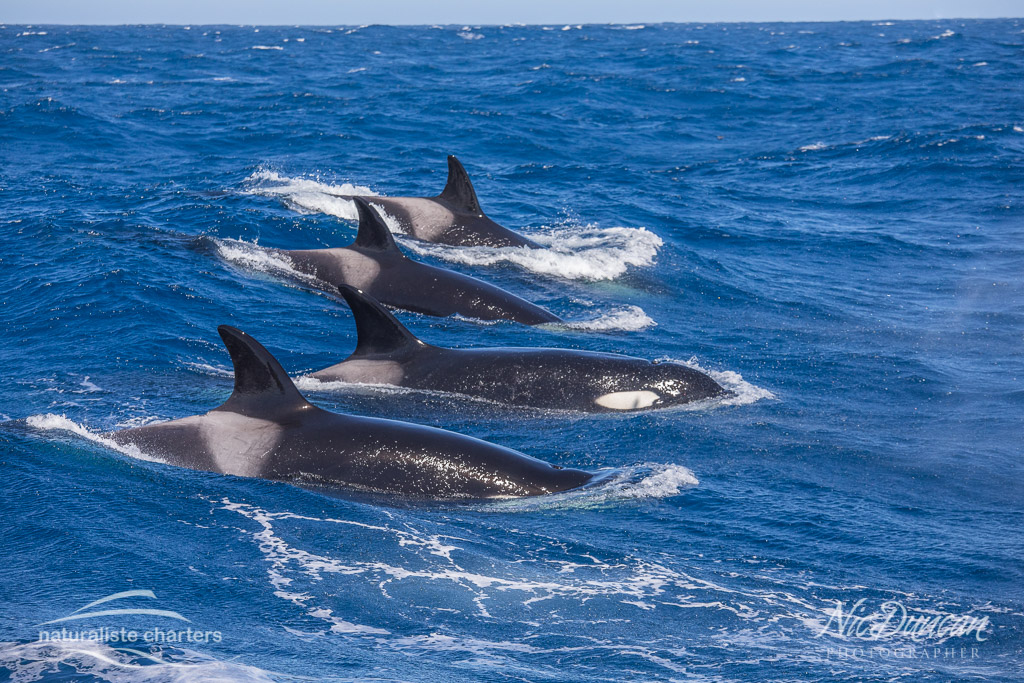
Fun Facts and FAQs
Do we see sharks?
Yes, we regularly see sharks. The most common are bronze whalers, duskies, hammerheads, and oceanic blue sharks. They often appear after an orca hunt to scavenge the remains.
Great white sharks are less common near orcas. In South Africa and South Australia, killer whales have been observed hunting them. Their method is brutal — flipping the shark upside down to render it immobile, then tearing it apart to eat the liver.
Has anyone ever swum with orcas?
In Norway, where orcas eat fish, swimming alongside them is possible. In Bremer Canyon, only a film crew has entered the 1000m-deep waters. They exited quickly due to sharks below. For most of us, the dream remains to one day swim with these predators.
How close do we get to the orcas?
It is more a matter of how close they get to us. Orcas often approach the vessel, especially after feeding. Interactions are common, and playful juveniles are particularly curious. Some guests have even felt the mist from an orca’s exhale.
When do they breach?
Breaching often follows a successful hunt, when orcas are social and energetic. Males use breaches to attract females during courtship, creating a splash that echoes across the sea.
How far out do we travel?
The Bremer Canyon lies 24 nautical miles (about 50 km) from our anchorage. The journey to the hotspot usually takes 1–1.5 hours. Here, the continental shelf drops from 80m to over 1000m. Some trenches reach 4.5 km deep.
What else can we see?
Tours often encounter dolphins, sea lions, pilot whales, sperm whales, sunfish, and other baleen whales. Sometimes, even the mighty blue whale migrates through the region.
What about seasickness?
To enjoy the day fully, we recommend a visit to your doctor if you have known motion sickness or the pharmacy may assist with recommendations. Take one the night before and two in the morning before departure. Always use the no-drowsy type. Another idea that works for some is to visit your doctor and ask for a prescription for sea-sickness. Stay in the fresh area, upright and if possible find a point to focus on like the horizon or an island when feeling unwell.
Every tour is a chance to witness incredible orca killer whale facts in action. Join us in Bremer Bay and tick the incredible Bremer Canyon Killer Whale Expedition off your bucket list.

